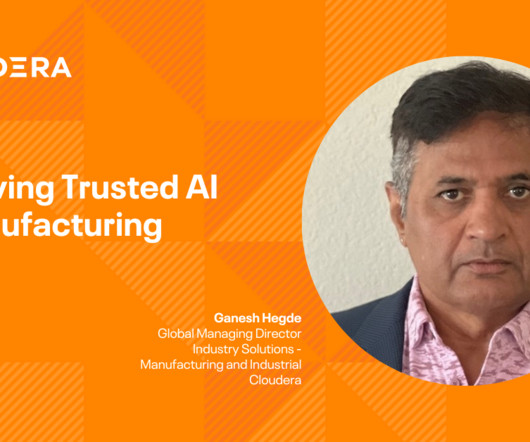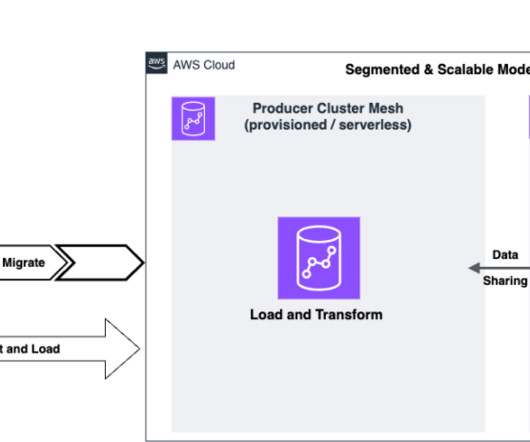Sharpening Cloudera’s Cloud Focus in Asia Pacific and Japan
Cloudera
AUGUST 22, 2021
And yet, we are only barely scratching the surface of what we can do with newer spaces like Internet of Things (IoT), 5G and Machine Learning (ML)/Artificial Intelligence (AI) which are enabled by cloud. There also needs to be a cloud-first strategy that should have buy-in from upper management. This is where Cloudera comes in.















Let's personalize your content